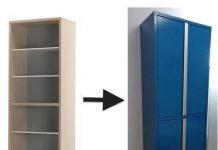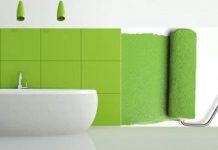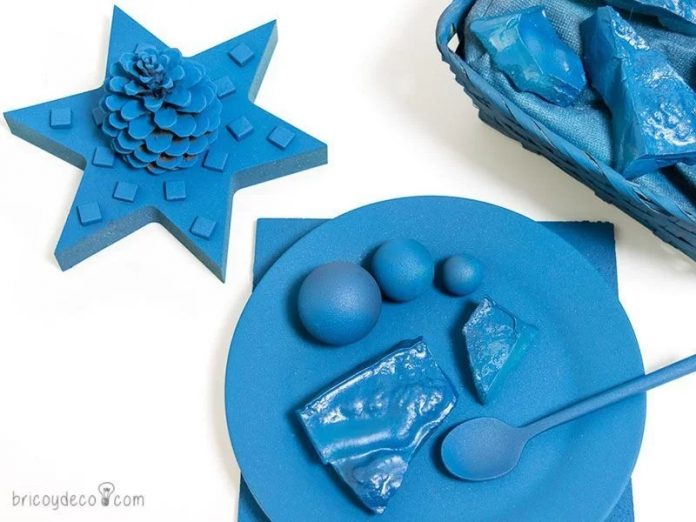
Did you know that the forge spray paint of Pintyplus not only serves to decorate and protect metal surfaces? Its formulation based on epoxy resins make it a 2×1: primer and paint. With it you will be able to paint practically any material as you will see below.
A few days ago I received at home one of the colors from the new range of forge spray from Pintyplus, specifically the blue color. It came together with a new challenge from the Handbox Community consisting of creating a DIY project made up of different materials painted with the forging spray.
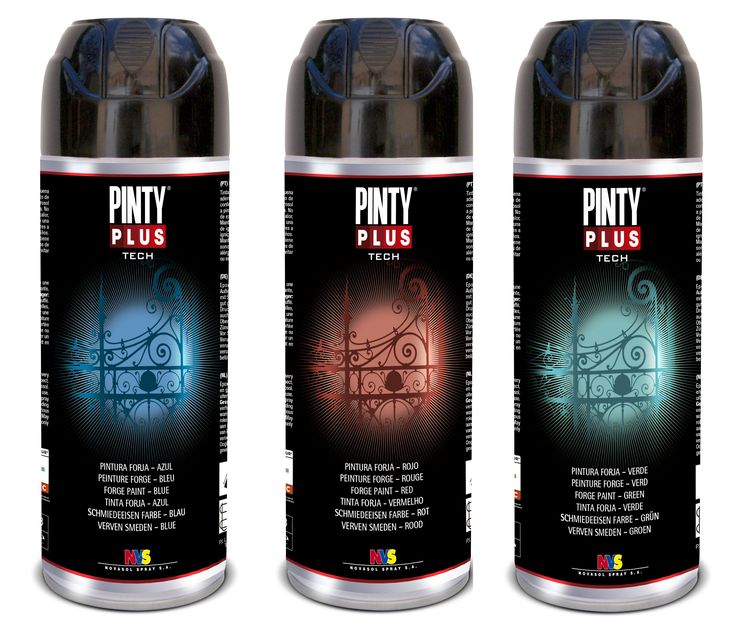
The challenge…
The challenge included a fun contest in which our followers on social networks had to guess what materials had been used as a base to paint with forge spray paint. Among the winners, a set of assorted Pinty Plus sprays would be raffled.
I have to admit that I haven’t made it easy, in fact there has been a material that no one has got right. For this reason I have decided raffle the set of sprays among all those who have participated leaving your comment on Facebook and Instagram posts.
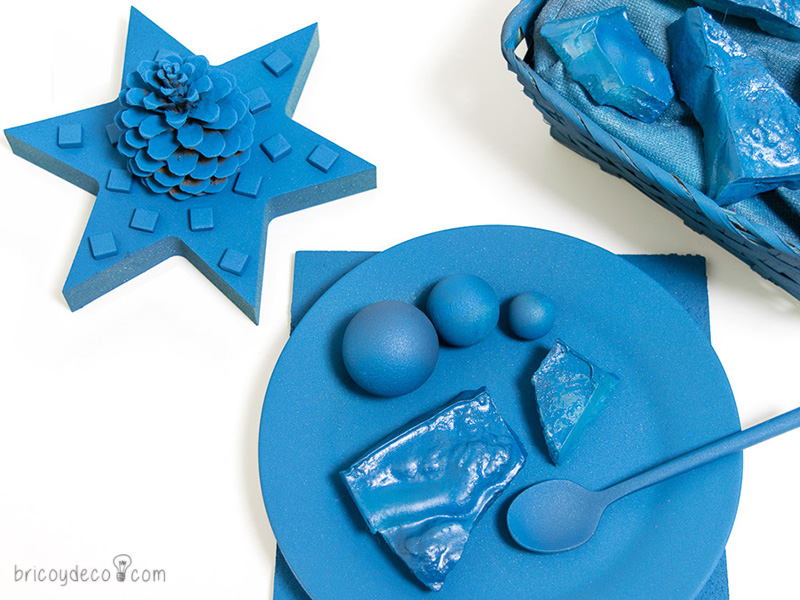
What materials are hidden under the forge spray paint?
My DIY project represented a dessert with the typical sweets that we usually eat at Christmas, although with some very peculiar ingredients. No less than 11 materials were hidden under the blue forge spray paint, to reveal them I will start with the easiest ones and end with the most complicated (and that nobody has guessed right).
pine cones
It was very easy, right? Pine cones are the fruit of the pine and they are formed by a material similar to that of the crust. It usually has good adhesion, so if you want to make an original centerpiece for these parties, you just have to collect some pineapples and paint them with spray paint.
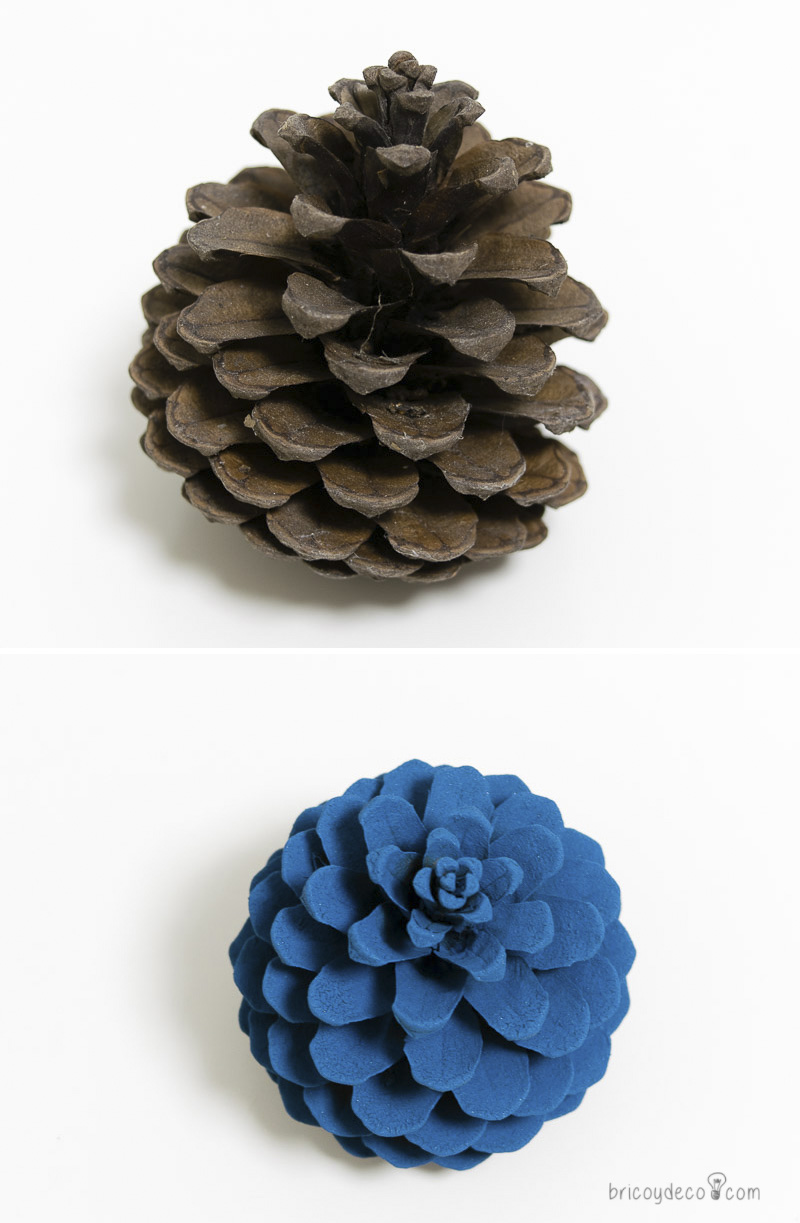
Wicker basket
The wicker It is a vegetable fiber that is woven to create furniture, baskets, etc. The adhesion of paints on wicker is usually quite good, although sometimes it is protected with varnishes that can make it difficult. Spray paint is ideal for painting wicker, if wrought iron paint is also used, we will provide a very special texture.
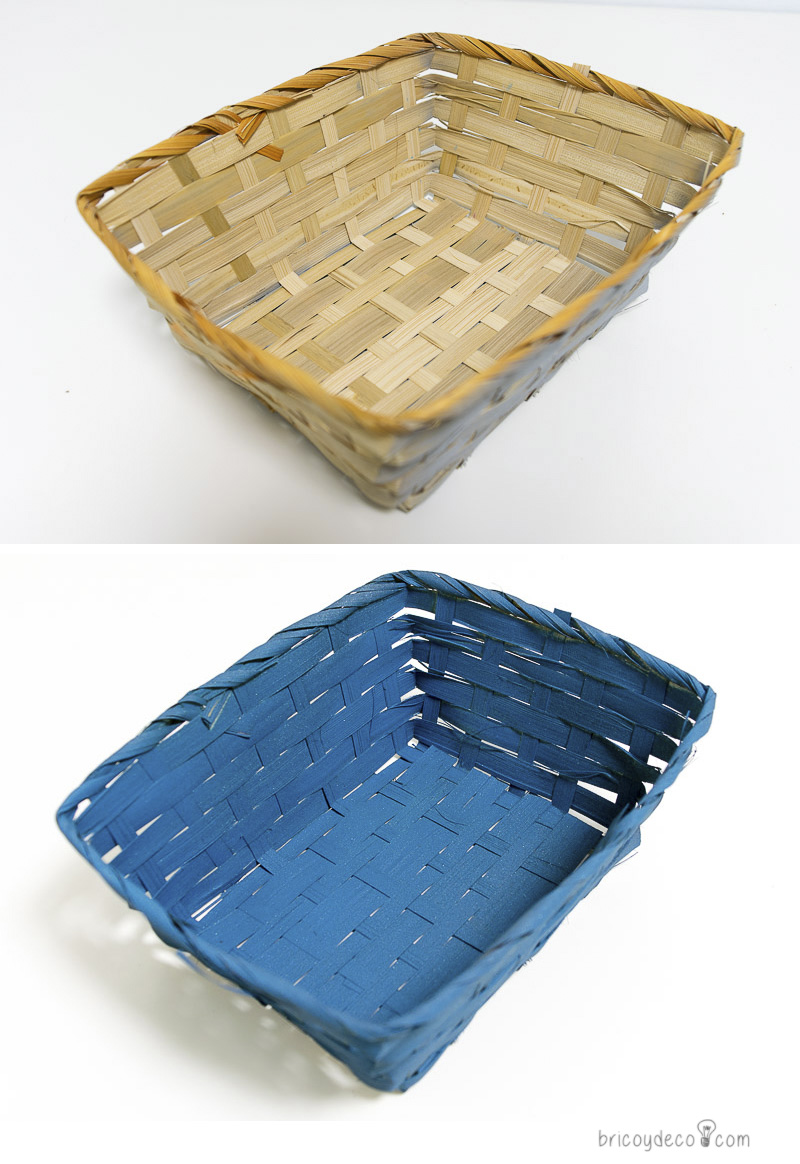
Stainless steel
The stainless steel It is an alloy of steel and other metals such as chromium, molybdenum and nickel. Its formulation makes it highly resistant to corrosion, although it can be damaged by the action of some acids. Forge paint is specially designed to decorate and protect metals.
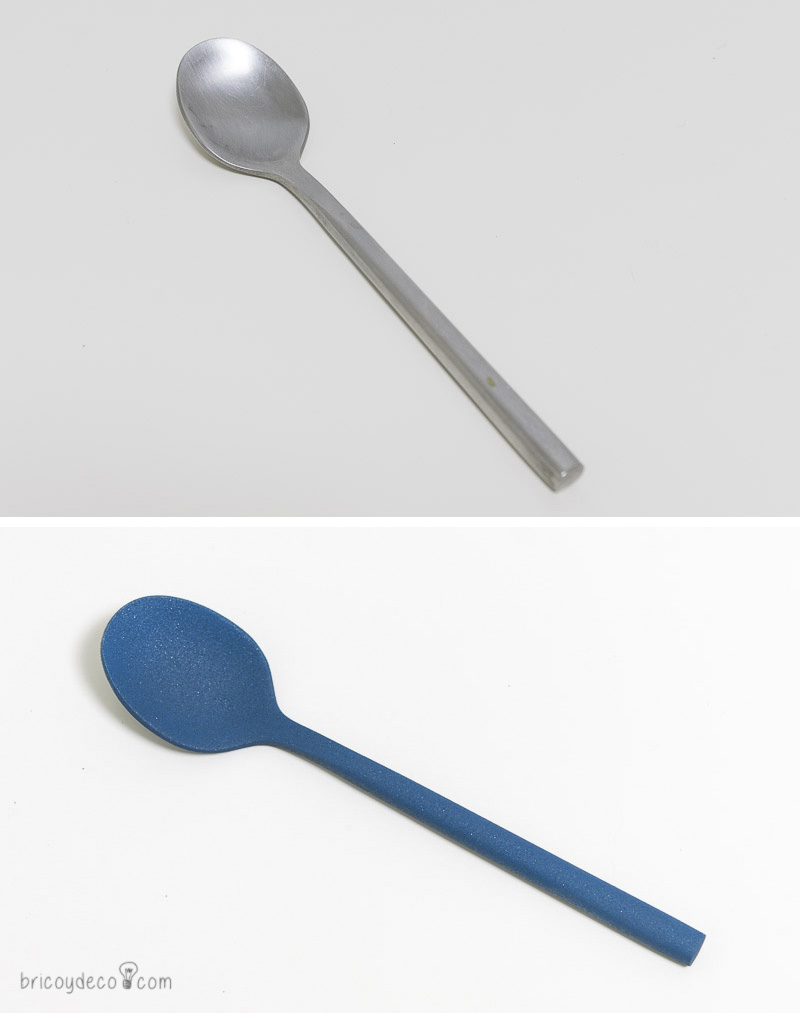
MDF and glass
The DM objects and panels or medium density are formed by an agglomerate of wood fibers, mixed with synthetic resins and pressed. Its porosity and adherence is lower than that of wood due to the binders used in its composition.
On the other hand the glass It is a transparent ceramic material, hard and resistant, but at the same time fragile. Its smooth, non-porous surface makes it difficult for paint to adhere unless previously primed. In this sense, forge spray paint is suitable for both MDF and glass due to its primer component.
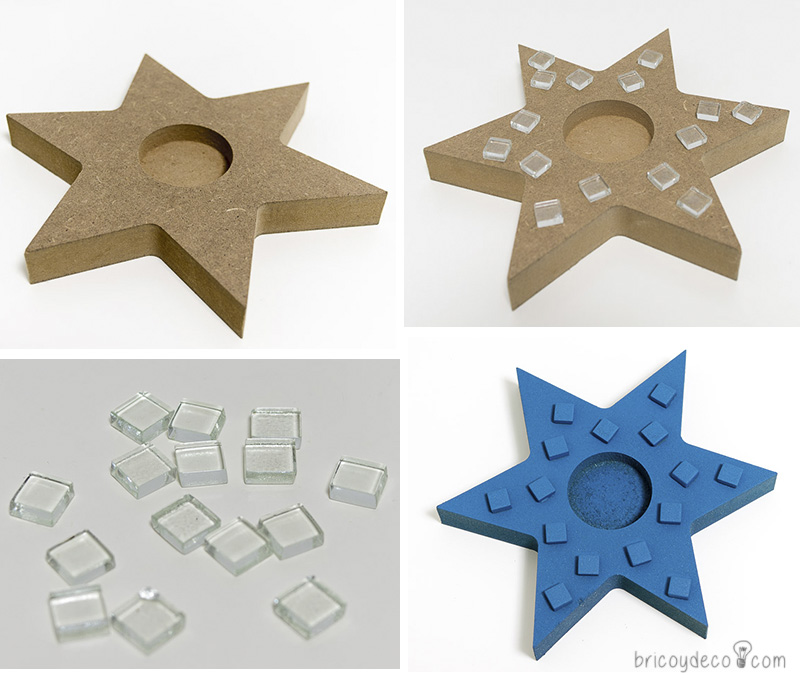
Cork
The cork It comes from the bark of the cork oak and is a light, elastic and easily manageable material. The adhesion of any paint on cork is usually quite good, so if you want to give it color taking advantage of what is in fashion, you can do it with both wrought iron paint and other types of paint (you can see ideas with cork stoppers at this link) .
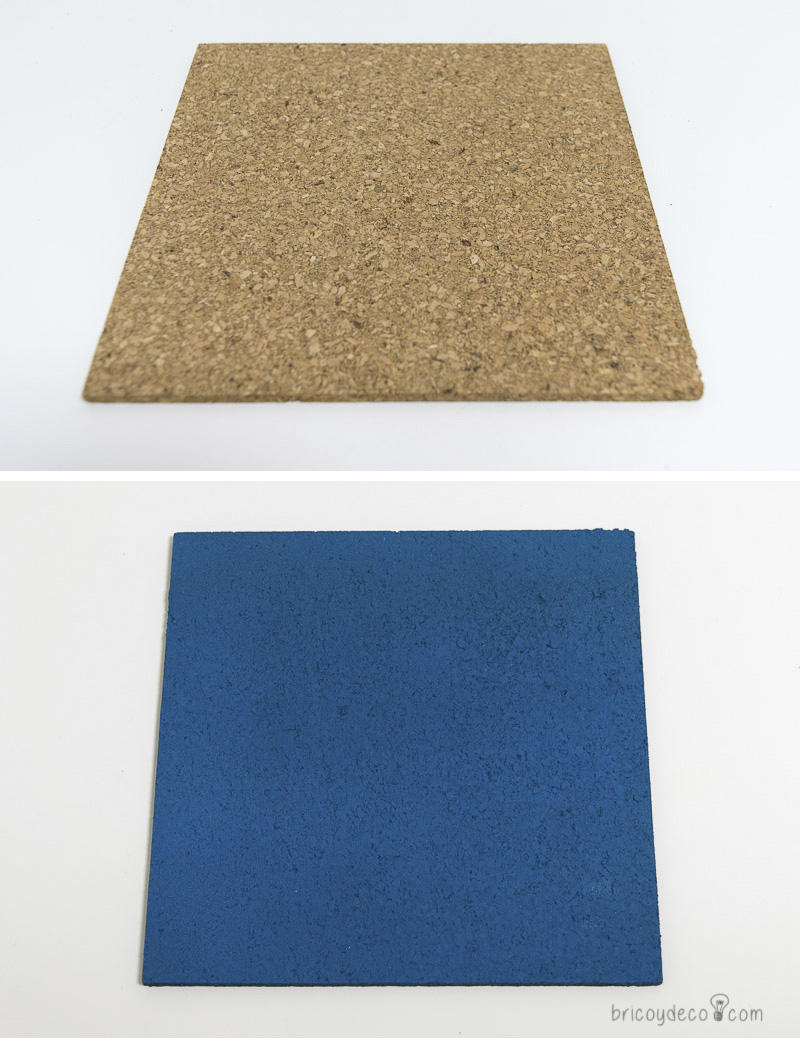
glazed ceramic
The ceramics it is a porous material composed of clay that transforms into a non-porous material when it is vitrified. For this reason it is necessary to use a prior primer for the correct adhesion of the finishing paint (in this link you will find a guide to painting tiles). You already know that forge spray paint is a 2×1, so in one go you can paint ceramics with it.
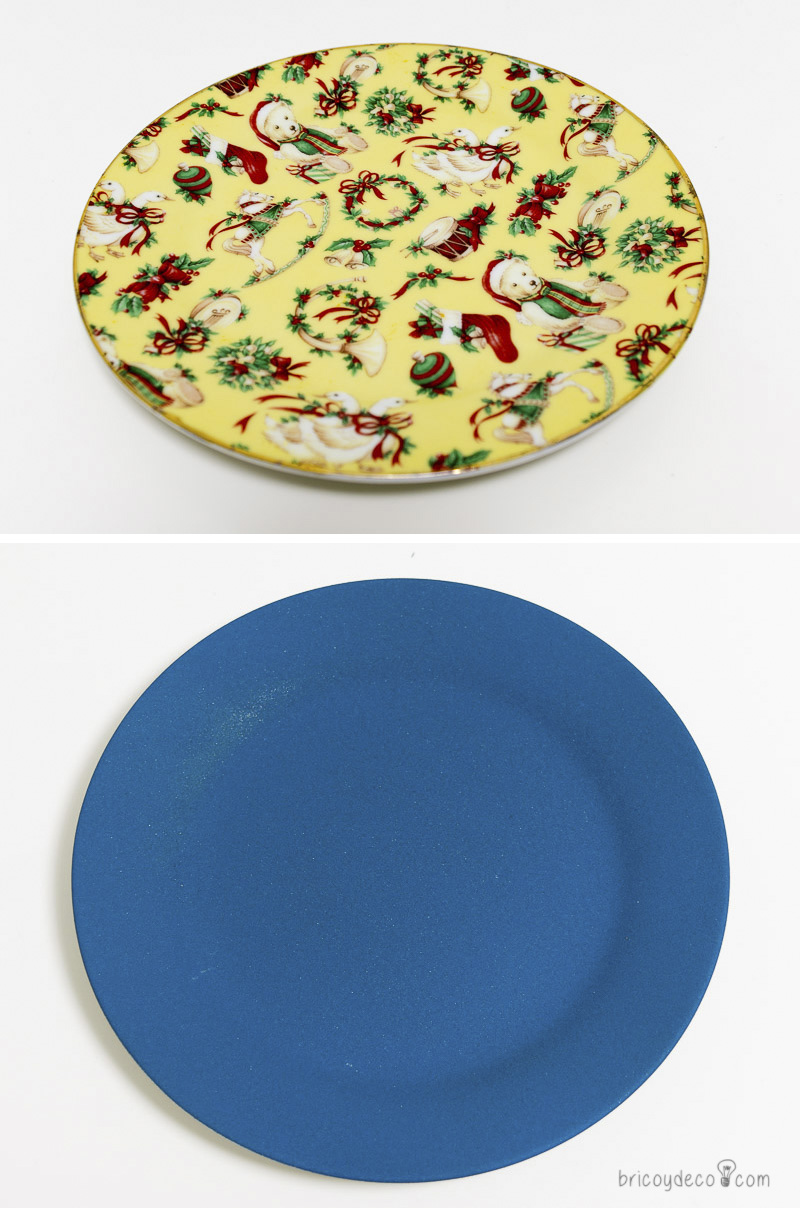
Wood
The wood It comes from the trunk of the tree and is a material that is still alive after felling. For this reason, although the adhesion of any paint is quite good due to its porosity, it must be taken into account that there are different factors that can alter its initial state.
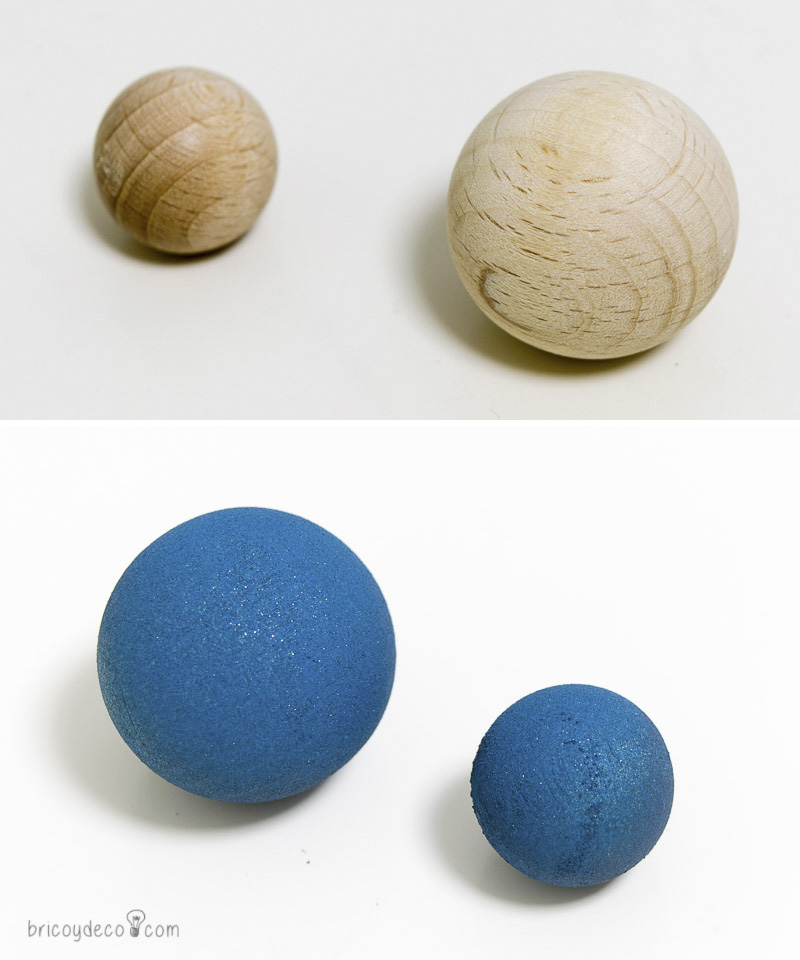
Plastic
The plastics They are made of synthetic chemicals (polymers) that are molded using heat or pressure. Its high permeability makes it difficult for paints to adhere, and in most cases a special primer for plastics is necessary.
The composition of the forge spray paint is even suitable for painting plastic, as you can see in the following image.
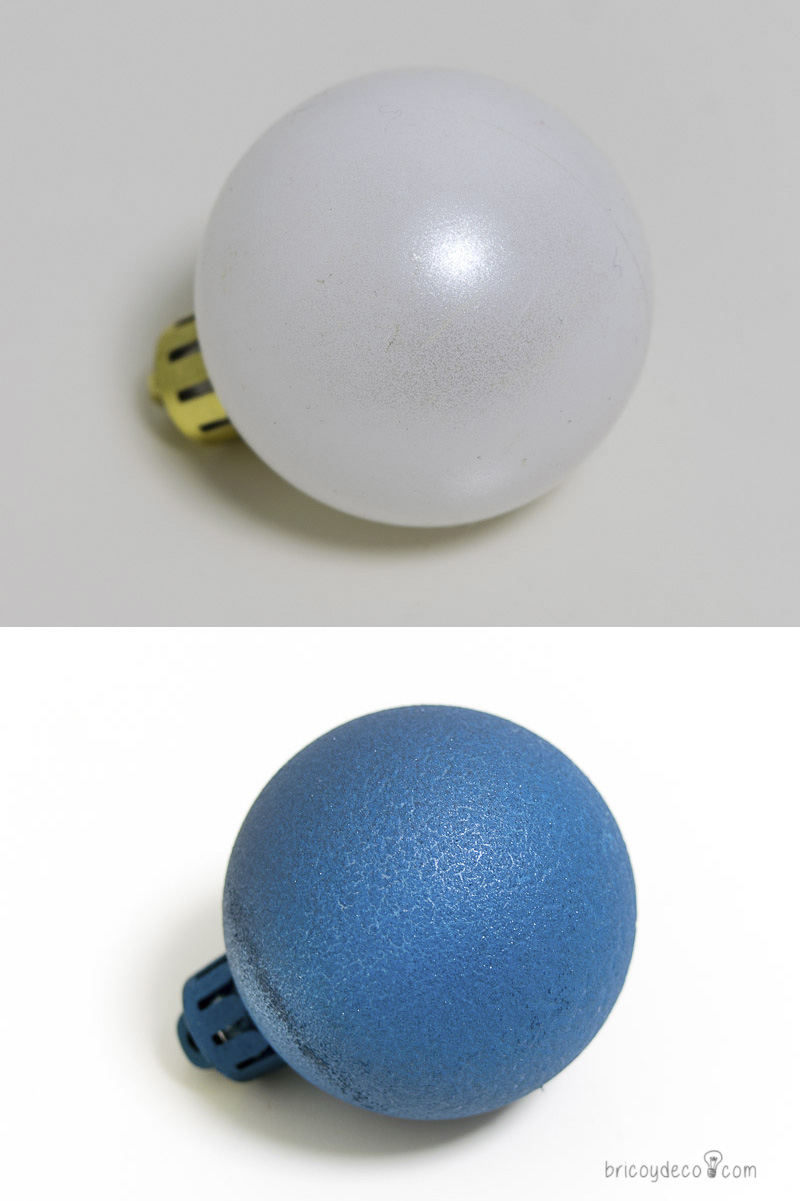
Cloth
The cloth or textile fabric It is obtained by intertwining threads and fibers. The adhesion of the paint is usually quite good, although the main problem is that this fixation overcomes the washes. In this sense, forge spray paint is very waterproof as it is prepared for painting metals that are going to be outdoors (fences, iron furniture, etc.), so it perfectly resists washing (verified on a pair of jeans that I stained with forge paint).
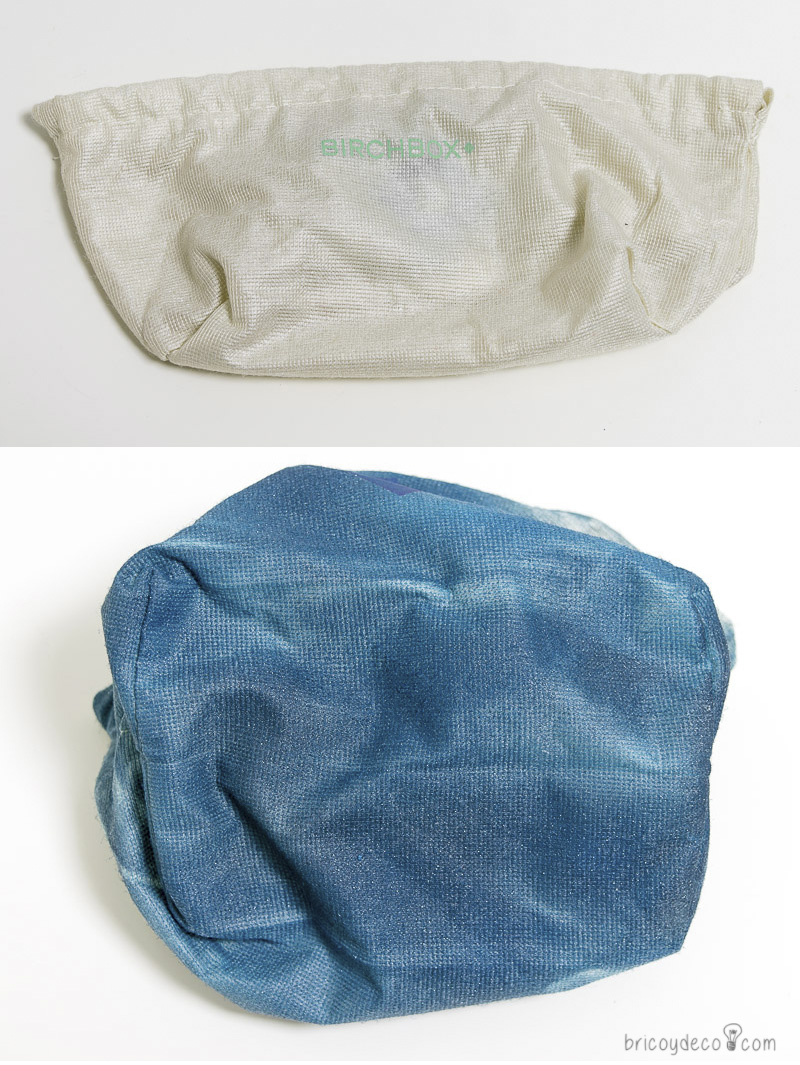
paraffin candles
That component so mysterious and difficult to guess were candles . Candles can be made of wax, fat or paraffin, the latter being the most common material today. In any case, the adherence of the paint is usually zero, in fact wax is used to prevent the paint from setting and create a stripped effect on some furniture.
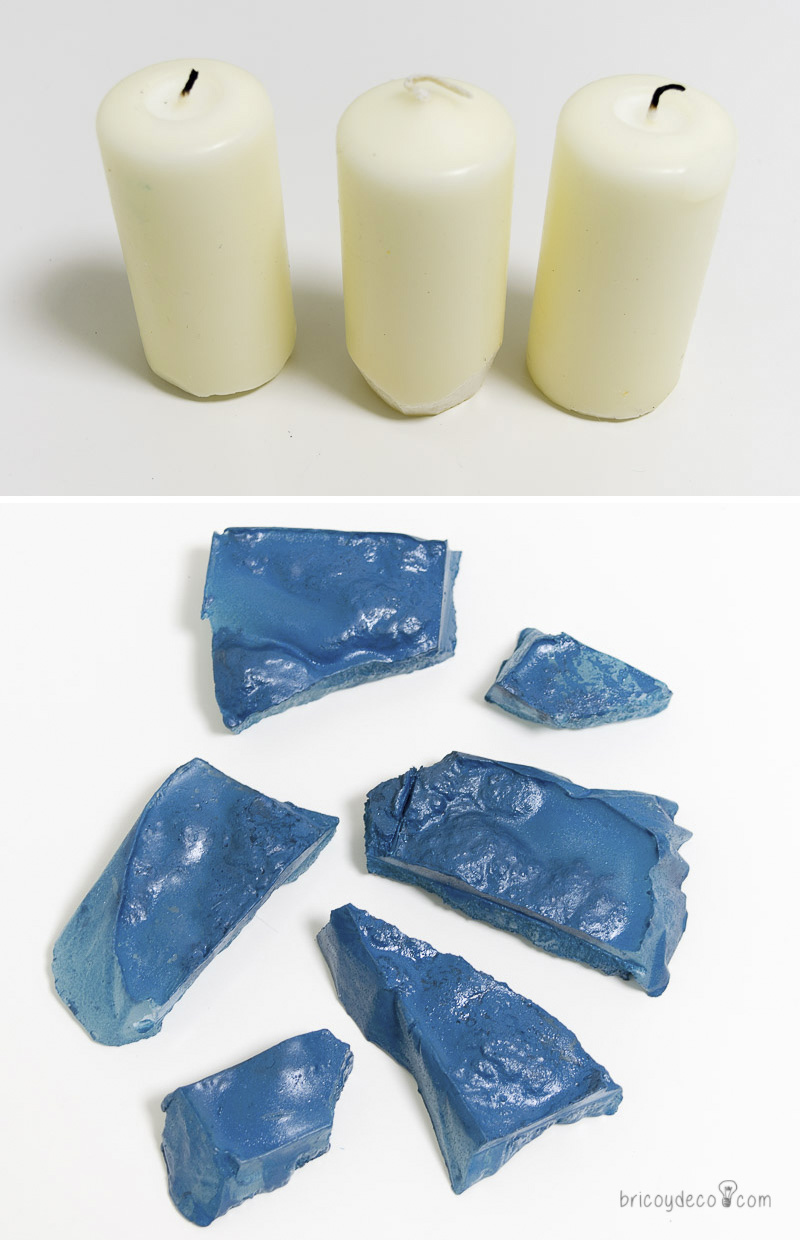
For this very special nougat, what I did was melt several candles in a bain-marie, then I poured the liquid paraffin over a silicone mold that I had previously lined with baking paper and sprayed a little wrought iron spray inside. When the paraffin solidified again, I painted the block with forge spray paint.
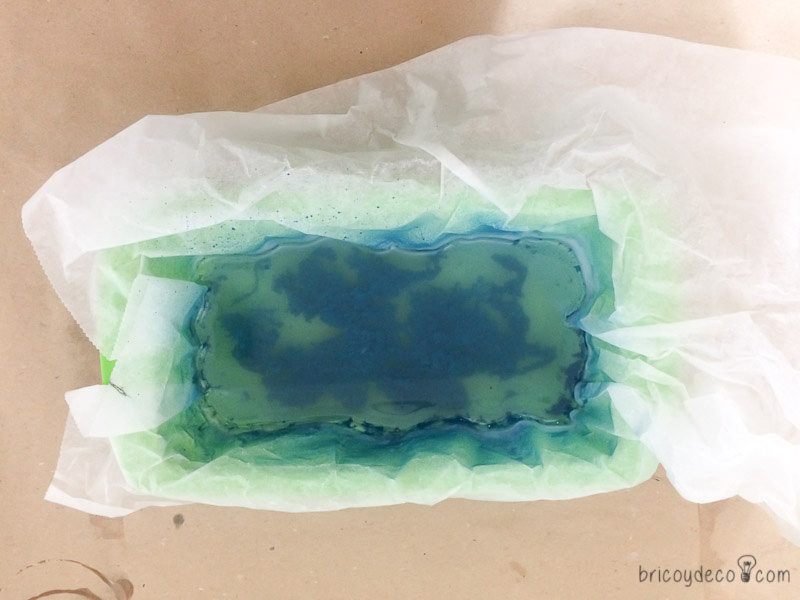
The paint took a little longer to dry than on the other objects, but once it did, the adhesion was as firm as on the other materials. In the following image you can see the lower part of the paraffin block, which I did not paint so that the difference with the painted part could be appreciated.
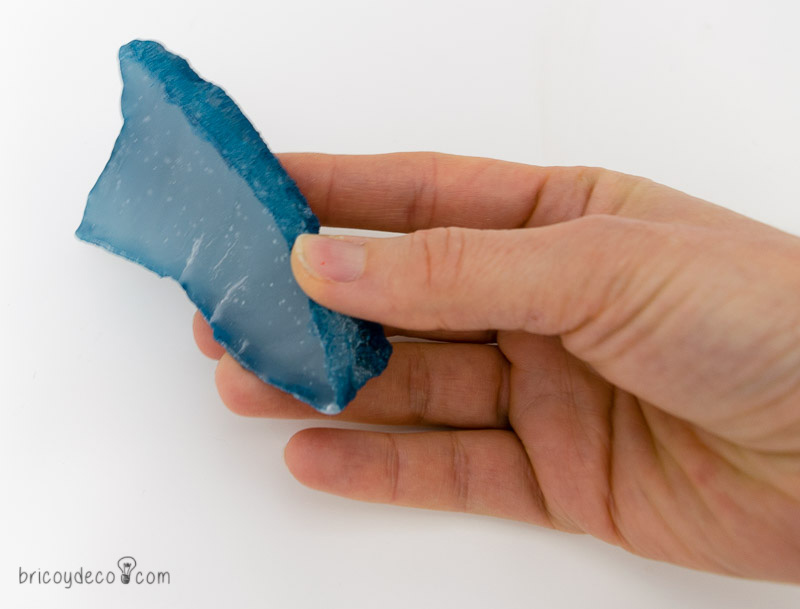
Have you been surprised by the versatility of the forge spray paint? Of course, yes, I knew its good adherence since I had tried it on other occasions, but I never imagined that it would stick even to paraffin candles.
If you liked this post, you can find more ideas and DIY projects at . Thank you very much for commenting and sharing!

